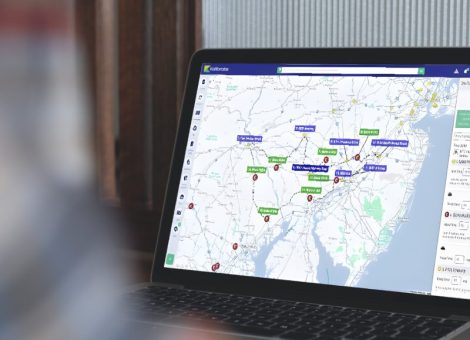How to handle your fuel pricing correctly during a global pandemic
The unprecedented speed at which the whole world seems to have slowed to a crawl has caught out even the most prepared and required swift evaluation and reaction. Even old hands who have experienced other major events such as the 2008 financial crisis will agree that this is something quite different.
The quasi-instantaneous destruction of demand driven by the various forms of lockdown applied by each country or state, together with a simultaneous dizzying drop in the oil price and accompanying volatility, has combined in an almost perfect storm. This blog article will look at how fuel retailers have reacted and also offer some thoughts as to how to navigate this period best.
Faced with volume drops of up to 80% in the most strict lockdown areas such as India, it has been interesting to follow the reactions of players across multiple markets to see how fuel pricers have reacted to these unique conditions. The common theme we have observed is that the majority of actors have changed… nothing. That is to say that, on the whole, fuel pricing has continued very much as usual. Both pricing positions in the markets and the frequency of pricing remain pretty much the same as pre-pandemic, often driven by changes in product costs. This initially seems counter-intuitive, such dramatic change in circumstances would surely call for similarly dramatic action. However, on reflection, we can unpick several reasons as to why this might be the case:
- Safety in numbers – these are challenging times, and it can be difficult to be the first to break with market behavior and potentially be singled out by consumers or the press. Maintaining the status quo with the rest of the market reduces risk.
- Protect the brand – the behavior of companies during this period may well durably impact consumer perception of the brand. Being perceived as “price gougers” or to be taking advantage of the situation could create lasting damage in the relationship with customers. Maintaining your fuel price position means being able to defend yourself against any accusations of profiteering.
- The unknown – the current situation has never occurred in living memory. There are no guarantees that changing tack, with all the risks it entails, will yield any benefit. Consumer reactions are complicated to predict, and making a change may carry more risk than maintaining the course.
This isn’t to say that pricing teams don’t have an opportunity to do things differently. Even without significantly changing pricing strategy, there are actions that can be taken to help support the business at this difficult time:
Consider in-tank costs – are you currently taking into consideration your in-tank costs when calculating margin? Many businesses do not, relying on replacement cost or other simpler cost calculation methods. However, with the slowdown in demand, the product is staying in the ground for much longer, and the drop in oil price means that this expensive product you received could take days to be sold. Is now an opportunity to review your cost structure and take in-tank costs into consideration to ensure your margin calculation is more accurate? Some retailers could be storing up some very nasty surprises at the end of the month stock reconciliation.
Review competitors – consumer behavior has changed, and people are unlikely to be driving around looking for the lowest price. The significant drop in product cost means that fuel is cheaper than it has been in recent memory, further altering the price sensitivity profile of consumers. The rise of home-working means that traditional commuter routes are no longer used as much, and some stations have reduced trading hours or closed altogether. With all these changes, should you reconsider who your competition are during this period?
Improve automation – the expansion of home-working, care responsibilities, or sometimes, unfortunately, illness means that pricing teams are likely to be less effective than in normal times. Ensuring that your pricing is set to be as automated as possible will help ensure that you can continue to price effectively, even in sub-optimal conditions.
Lastly, as pricing in this period becomes perhaps less important, there is an opportunity to focus on the other factors that drive business to your stations.
Could you increase or better advertise the grocery offer in your shops? Customers may prefer to reduce their number of outings, and combining fuel and grocery makes sense, especially if they wish to avoid the queues outside the major grocery stores.
Many businesses are looking to expand their reach as their traditional outlets close, can your network provide a click and collect point for grocery stores or even for independent producers looking to sell their products direct to consumers? Could you differentiate yourself by providing some space directly for locally produced goods that cannot be sold elsewhere?
You may be acquiring new customers as fueling habits change, so how can you retain them post-lockdown? There is an opportunity to demonstrate to your customers that you are a “good citizen” – think about how you can support your community, your customers, and your staff through this difficult time. Simply ensuring that you provide a safe environment for both your customers and staff could yield lasting benefits to your reputation.
Read more articles about:
Fuel pricingSubscribe and get the latest updates
You may unsubscribe from our mailing list at any time. To understand how and why we process your data, please see our Privacy & Cookies Policy
Related posts
Fuel pricing
October 2025. Kalibrate's Canadian Petroleum Price Snapshot
Kalibrate conducts a daily survey of retail gasoline, diesel, propane, and furnace fuel prices in 77 Canadian cities....

Location intelligence
The future is hybrid: How AI will reshape fuel and mobility retail
AI is reshaping how consumers discover, shop, and pay, both on the forecourt and beyond. Yet for fuel retailers the...

